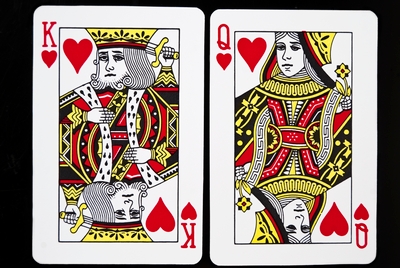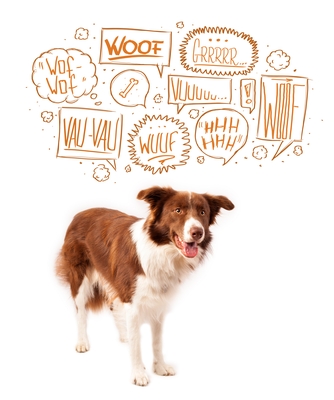
We got thinking: What would it be like if communicators ruled the corporate world?
[AdAge started us, running a story about the marketing department changes made by Newell Rubbermaid’s fairly new, i.e., 15+ months, CMO, a market researcher by background. To date, he’s culled staff, established outposts in Shanghai and Sao Paolo, doubled research staff and spend, and winnowed down the number of agencies … so far.]
There’s one current precedent we know: David Novak at Yum! Brands, also a marketing guru. And if we were to expand the question into the design arena, Apple – and design chief Jony Ive – comes to mind. [Obviously, many executives have great quals as communicators and marketers, but not a deep backgrounding.]
Here are a few perks of being corporate kings and queens:
- · Embedded teams in every corner of the company, reflecting the ability of communicators to influence change inside and out
- Public relations leading the marketing function, owning social media and content and …
- Change initiatives run conjointly with HR and IT
- A larger spend, all judiciously accounted for
- A cadre of the best and brightest senior talent to tap into, from communications and research to branding and marketing
- An experimental mindset, where pilot programs could take on, say, in-depth research into the power of third-party editorial media
Phew: There’s more. Rather than exhaust every possibility, we’ll open it up to you: What dreams and wishes would you have come true as CEO communicator?



